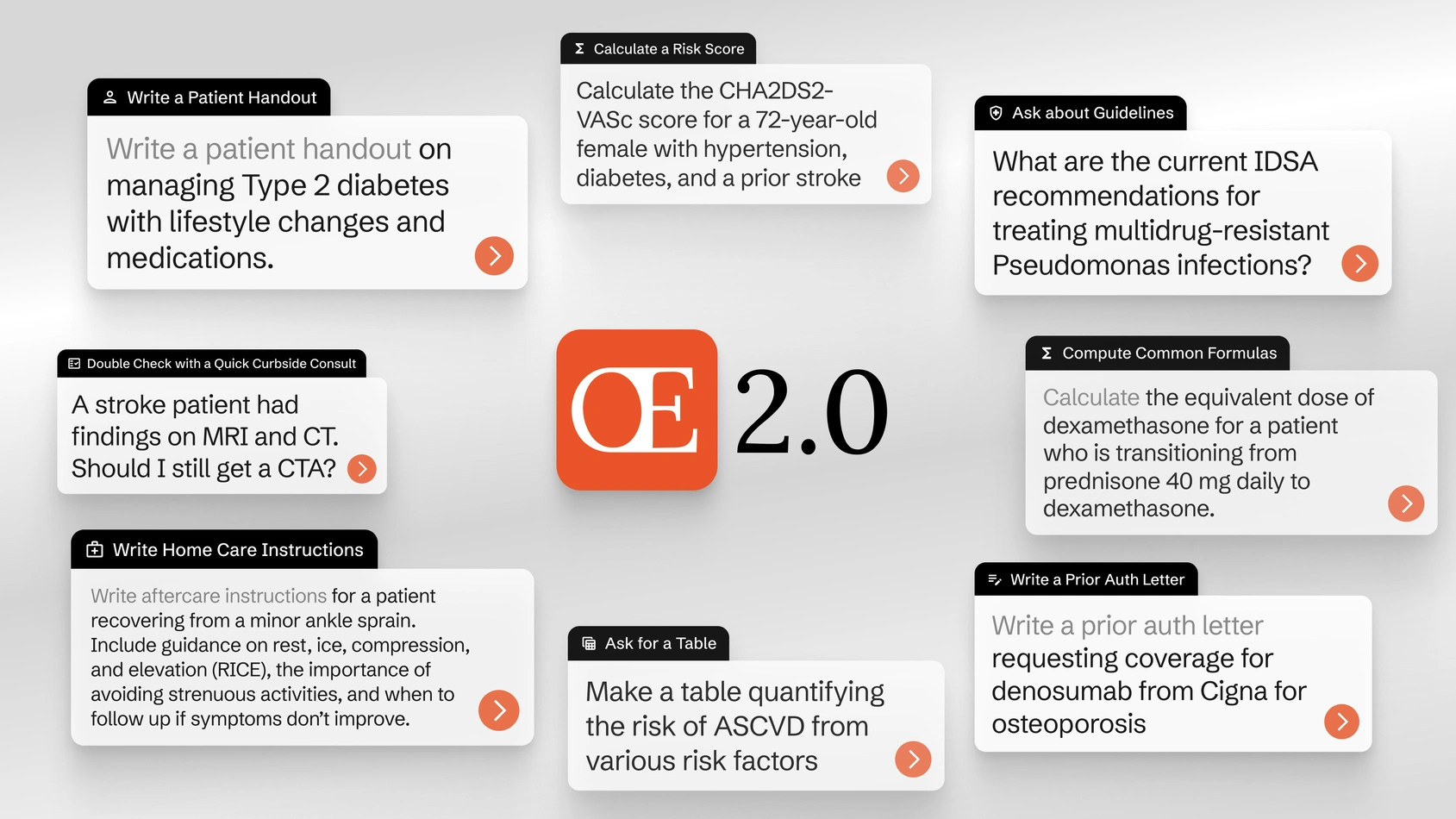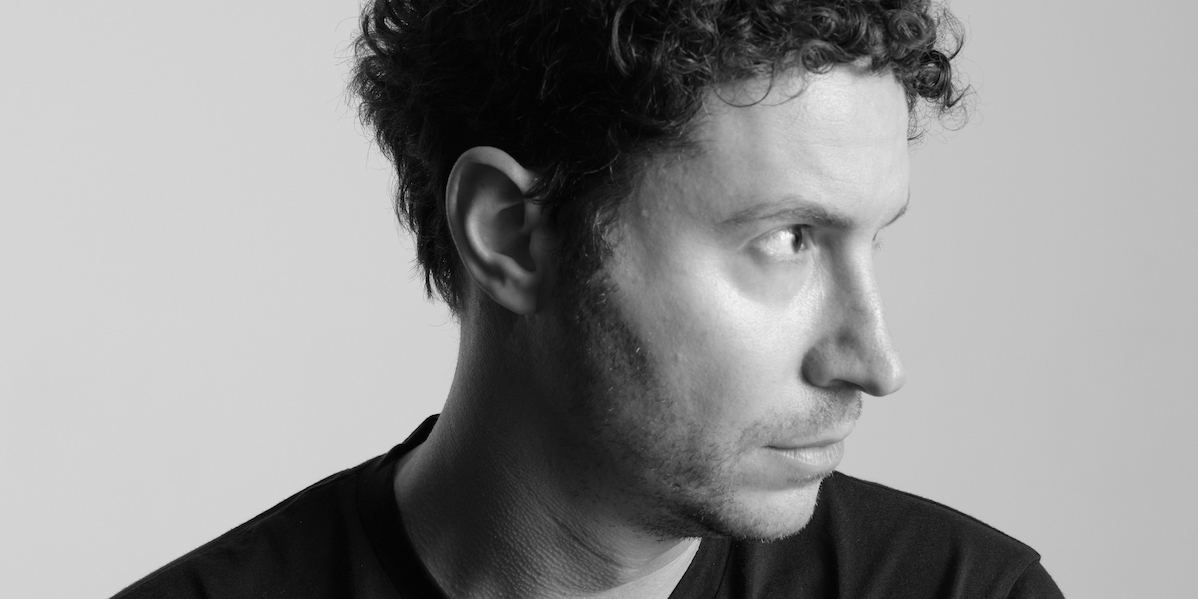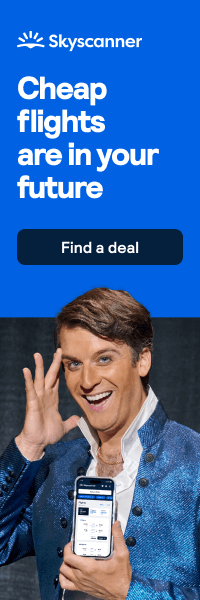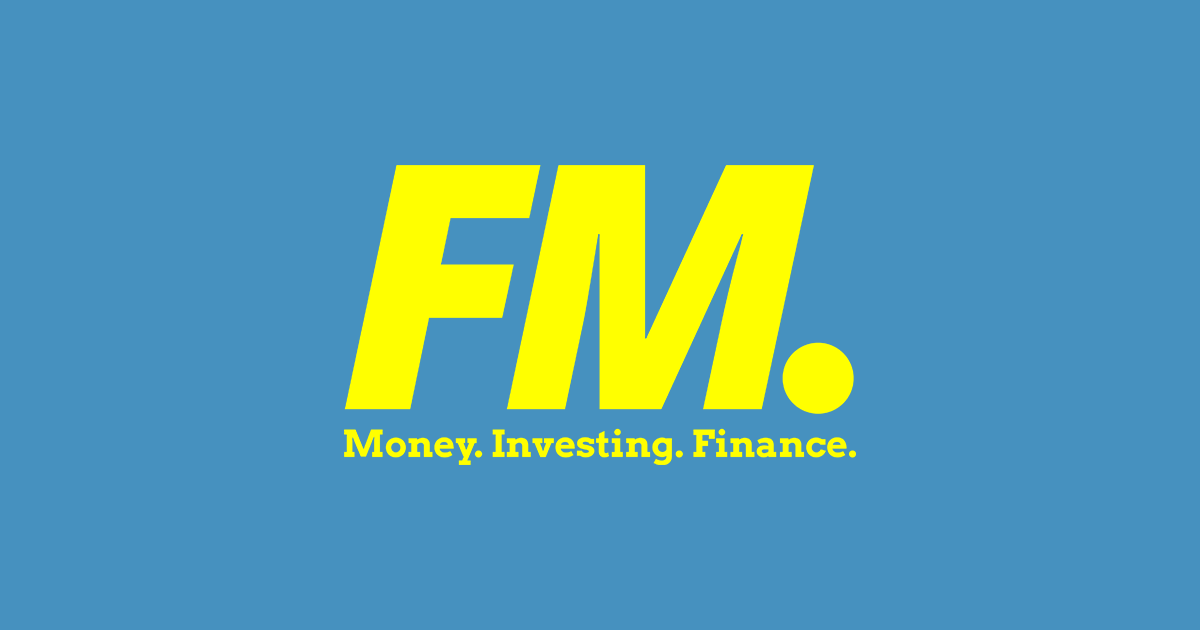AI's New Billionaire: One Founder's System Revolutionizes Doctors' Access to Medical Knowledge
MIAMI, FL – July 25, 2025 – In a technological epoch defined by artificial intelligence, where titans like OpenAI's Sam Altman, Google DeepMind's Demis Hassabis, and NVIDIA's Jensen Huang dominate headlines, a quieter, yet profoundly impactful revolution is unfolding in healthcare.
At its vanguard is Daniel Nadler, a Harvard-trained poet and financial AI pioneer, who has defied conventional wisdom to build OpenEvidence—a platform now fundamentally reshaping how doctors access the world's medical knowledge. His unique blend of artistry and algorithmic mastery has not only addressed one of medicine's most critical challenges but has also propelled his venture to a formidable $3.5 billion valuation, underscored by a fresh $210 million Series B funding round from leading investors including Google Ventures and Kleiner Perkins.
Nadler's journey to becoming a billionaire in the AI space is as unconventional as his background. Holding a Ph.D. from Harvard where he delved into complex financial modeling and studied poetry under a Pulitzer Prize-winner, he first made his mark democratizing financial research with Kensho, an AI company acquired by S&P Global for $550 million. But it was the overwhelming complexity and human toll of medicine that truly captured his imagination, leading him to pivot towards a field he once found daunting.
"The medical information firehose is drowning doctors," Nadler often notes, observing the unsustainable pace at which new research emerges. "Physicians are superheroes, and OpenEvidence is giving these superheroes new superpowers."
This philosophy underpins OpenEvidence's core mission: to transform the deluge of published studies—from revered journals like The New England Journal of Medicine to the extensive Journal of the American Medical Association network—into instantly digestible, trustworthy, and actionable insights. Unlike general-purpose AI, OpenEvidence is meticulously trained and validated to eliminate "hallucinations," rigorously citing every piece of information to ensure clinical reliability.
A Masterstroke in Market Penetration

OE 2.0 showcases its medical AI capabilities, assisting healthcare professionals with patient handouts, clinical risk assessments, treatment guidelines, and documentation support.
OpenEvidence's astonishing market penetration is no accident; it's the result of a deliberate, disruptive business strategy. Instead of engaging in the notoriously slow and complex sales cycles typical of enterprise healthcare software, Nadler made the bold decision to offer OpenEvidence free to all verified physicians. This move circumvented bureaucratic hurdles and ignited viral adoption among the medical community.
This free-to-use model is powered by advertising revenue, an approach more common in consumer tech but strategically applied to a professional niche. This innovative monetization has proven incredibly effective. OpenEvidence currently serves over 40% of all U.S. physicians—more than 430,000 active users—and continues to expand its reach by adding over 65,000 new verified clinicians monthly. The platform now facilitates a staggering 8.5 million clinical consultations each month, translating into an annualized advertising revenue rate of approximately $50 million as of June 2025.
Nadler's shrewd financial acumen, having personally seeded OpenEvidence with $10 million from his prior success, allowed him to retain an estimated 60% ownership. This significant stake, combined with the company's escalating valuation, places his personal net worth at an estimated $2.3 billion. Co-founder and CTO Zack Ziegler holds roughly 10%, now valued at about $350 million.
Check Out CEO Today's Article On How OpenEvidence Is Rescuing Doctors from a Data Deluge Here!
Beyond Information Retrieval: Enhancing Clinical Cognition
OpenEvidence isn't merely a search engine; it's a cognitive partner for physicians. It's designed to alleviate the "silent crisis" of information overload that contributes to physician burnout and diagnostic errors. By delivering precise answers and even flagging conflicting data, it allows doctors to focus more on patient interaction and less on endless literature review.
“It’s hard to imagine a better use for AI than OpenEvidence. Daniel Nadler and his world-class team are building what I believe will become an AI-era treasure, a life-saving resource for doctors, patients, and their families. I can’t imagine the future without it.” — John Doerr, Legendary Investor and Kleiner Perkins Chairman.
Strategic Expansion and The Road Ahead
With fresh capital from investors including Sequoia Capital, Coatue, Conviction, and Thrive, OpenEvidence is poised for significant expansion. Plans include global outreach, deeper integrations with electronic health records (EHRs), and advancements in its real-time reasoning capabilities. The recent launch of "DeepConsult"—an AI agent designed for advanced, multi-faceted medical research—exemplifies its trajectory. This tool can autonomously analyze hundreds of studies to identify novel connections that would take human researchers months.
However, the path of medical AI is not without its complexities. Daniel Byrne, a lecturer at Johns Hopkins, points to the inherent challenge of medical literature itself, noting that "up to half the medical literature is wrong," implying that even perfect AI retrieval can be limited by the quality of source data. OpenEvidence's medical director, Dr. Travis Zack, addresses this by emphasizing the platform's rigorous sourcing from "gold standard" journals, aiming to significantly reduce errors compared to human-only assessment under time pressure. The advertising model, while successful, also faces the task of educating a healthcare industry more accustomed to subscription-based services.
Ultimately, Daniel Nadler's OpenEvidence represents more than a highly successful tech company. It's a testament to how an unconventional perspective, combined with deep technical expertise and a profound understanding of human challenges, can catalyze a profound transformation. By elevating how doctors think, decide, and care, OpenEvidence is not just building AI for medicine; it's building a healthier future.
Daniel Nadler Solving Real World Problems
In a global financial landscape increasingly shaped by technological innovation, Daniel Nadler's journey to billionaire status with OpenEvidence stands as a testament to solving critical real-world problems with advanced AI.
It's a striking contrast to other recent movements of significant wealth, from the strategic Nvidia CEO Jensen Huang offloads an additional $12.94 million worth of shares under pre-set plans, reflecting market dynamics, to the more discreet but equally vital work of innovators like June Paik, the quiet innovator shaping the future of AI chips at FuriosaAI.
Meanwhile, public interest continues to track the complex legacies of figures like Jeffrey Epstein, whose property empire has seen all homes sold and where the money went rigorously documented, alongside ongoing discussions about Ghislaine Maxwell Net Worth 2025: British Socialite's Fortune Exposed. Ultimately, while celebrity net worth often captures headlines, the true economic engines are those like Nadler, whose ventures not only accumulate significant wealth but fundamentally enhance human capability and well-being
OpenEvidence Timeline & Milestones
- 2022: OpenEvidence is founded by Daniel Nadler and Zachary Ziegler in Cambridge, MA.
- 2018: Daniel Nadler's previous company, Kensho, is acquired by S&P Global for $700 million.
- Early 2025: Raises Series A funding led by Sequoia Capital.
- Early 2025: Surpasses 40% daily usage among U.S. physicians and expands to over 10,000 hospitals and medical centers nationwide.
- July 2024: Supports 358,000 clinical consultations by verified U.S. physicians in a single month.
- July 2025: Exceeds 8.5 million monthly consultations, reflecting 2,000% year-over-year growth.
- July 15, 2025: Announces $210 million Series B round at a $3.5 billion valuation, co-led by Google Ventures and Kleiner Perkins.
- July 15, 2025: Launches DeepConsult™, the first AI research agent purpose-built for physicians.
- July 15, 2025: Announces strategic content partnerships with the American Medical Association and The New England Journal of Medicine.
- July 2025: Founder Daniel Nadler named to the TIME100 Health list of the most influential people in global health.
Frequently Asked Questions (FAQs) About OpenEvidence
Q1: What is Daniel Nadler's unique background that distinguishes him in the AI space? A1: Daniel Nadler holds a Ph.D. from Harvard, where he studied both complex financial systems and poetry. Prior to OpenEvidence, he founded Kensho, an AI financial analytics company that was acquired by S&P Global for $550 million. His diverse background, combining analytical rigor with creative thinking, is often cited as a key factor in OpenEvidence's innovative approach.
Q2: How has OpenEvidence achieved such rapid adoption among U.S. physicians? A2: OpenEvidence implemented a "freemium" business model, offering its AI platform free to verified doctors. This strategy allowed it to bypass traditional, often slow, enterprise sales cycles in healthcare, leading to organic and rapid adoption. It is currently used by over 40% of U.S. physicians, with new users signing up at a rate of over 65,000 per month.
Q3: What are OpenEvidence's key financial achievements and current valuation? A3: OpenEvidence recently secured $210 million in Series B funding, which propelled its valuation to $3.5 billion. Its advertising-based revenue model is generating an estimated annualized revenue of $50 million as of June 2025. Daniel Nadler, due to a significant personal initial investment, holds an estimated net worth of $2.3 billion from his stake in the company.
Q4: What are the main challenges or criticisms related to AI applications like OpenEvidence in healthcare? A4: While powerful, AI in healthcare faces challenges such as ensuring the absolute accuracy of information, given that some medical literature may contain flaws or ongoing debates. Another challenge lies in effectively scaling the advertising-based business model within the health technology sector, which traditionally relies on subscription services. OpenEvidence addresses these by meticulously sourcing "gold standard" medical journals and continuously evolving its AI capabilities.















